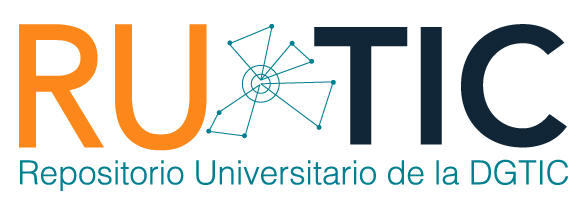| dc.coverage.spatial | MX | |
| dc.date.accessioned | 2018-06-28T05:04:42Z | |
| dc.date.available | 2018-06-28T05:04:42Z | |
| dc.date.issued | 2014-12-01 | |
| dc.identifier.uri | https://ru.tic.unam.mx/handle/123456789/2275 | |
| dc.description | Tema del mes | |
| dc.description.abstract | Las enzimas son catalizadores biológicos que ofrecen un gran potencial de aplicación en los procesos químicos tradicionales. Éstas son altamente selectivas, funcionan adecuadamente en condiciones de reacción suaves y, por su naturaleza proteica, son amigables con el ambiente. Su aplicación en síntesis química ha permitido simplificar procesos, reducir la energía consumida en los mismos y disminuir la cantidad generada de residuos químicos contaminantes. Las enzimas también pueden funcionar en medios de reacción no convencionales, como disolventes orgánicos y fluidos supercríticos. Sus propiedades se pueden ajustar mediante la selección adecuada del medio de reacción, por inmovilización en soportes sólidos y por técnicas de diseño de proteínas y evolución dirigida. La inclusión de procesos catalizados por enzimas en las industrias química y farmacéutica está avanzando, beneficiándonos no sólo en el costo de los productos, sino en la generación de procesos más limpios y amigables con el ambiente. | es_MX |
| dc.description.abstract | Enzymes are proteins, polymers composed by chemically bonded aminoacid molecules, which catalyze a wide range of chemicals reactions inside organisms. The catalytic activity of enzymes depends on their three-dimensional (3D) structure. Inside this 3D structures there are cavities, called “active site”, that shows affinity for specific molecules (called substrates) that will eventually become products. The combination of chemical functional groups in the active site creates covalent and non-covalent interactions between the protein and the substrate molecules; these interactions favor the conversion of substrates into products. As any catalyst, after the substrate transformation and once the product has been released from the active site, the enzyme returns to a basal or ground state and is ready to engage in a new catalytic cycle. Enzymes function outside cells, and historically men have used enzymes for their benefit. The most ancient enzyme applications are related to food, such as the production of bread and cheese. In this article we explain how efficient enzymes are and how do they work. We also present a brief account on the history of their discovery and the scientific breakthroughs that allowed the development of biocatalysis as one of the most significant biotechnologies in the modern era. | en |
| dc.format | html | |
| dc.format | application/pdf | |
| dc.format.extent | 12.6 MB | |
| dc.format.extent | 529 KB | |
| dc.language | spa | |
| dc.publisher | Universidad Nacional Autónoma de México. Dirección General de Cómputo y de Tecnologías de Información y Comunicación. Revista Digital Universitaria | |
| dc.relation.isformatof | http://www.revista.unam.mx/vol.15/num12/art92/art92.pdf | |
| dc.relation.ispartof | http://www.revista.unam.mx/index_dic14.html | |
| dc.rights | openAccess | |
| dc.source | Revista Digital Universitaria (1607 - 6079). Vol. 15, No. 12 (2014) | |
| dc.subject | Enzimas -- Biotecnología | |
| dc.title | Procesos enzimáticos amigables con el ambiente | es_MX |
| dc.title.alternative | Enzyme-catalyzed processes environmentally friendly | en |
| dc.type | article | en |
| dc.subject.keywords | Química verde, Biocatálisis, Enzimas, Síntesis quimioenzimática, Biotecnología, Green Chemistry, Biocatalysis, Enzymes, Chemoenzymatic synthesis, Biotechnology | |
| dc.identifier.url | http://www.revista.unam.mx/vol.15/num12/art92/ | |
| dc.creator | CARMINA MONTIEL PACHECO | |
| dc.creator | ISMAEL BUSTOS JAIMES | |
| dc.rights.url | http://creativecommons.org/licenses/by-nc-sa/4.0 |
Files in this item
This item appears in the following Collection(s)
COMPARTE
BÚSQUEDA
Escriba el texto a buscar en DSpace
CONTACTO
El Repositorio Universitario de la DGTIC se edita en la Dirección General de Cómputo y
de Tecnologías de Información y Comunicación (DGTIC), de la Universidad Nacional Autónoma de México (UNAM)
Circuito Exterior s/n, Ciudad Universitaria, Coyoacán, C.P. 04510, México, D.F
Tel: +(52) (55) 56228166 Email: rutic@unam.mx









 ¿Qué es un repositorio...?
¿Qué es un repositorio...? ¿Qué beneficios obtengo...?
¿Qué beneficios obtengo...? ¿Qué tipo de recursos...?
¿Qué tipo de recursos...? Preguntas frecuentes
Preguntas frecuentes